How to create a warm, decorative bathroom for a country house
Interior designer Nicole Salvesen, co-founder of Salvesen Graham, offers advice on adding warmth and decorative detail to a bathroom.
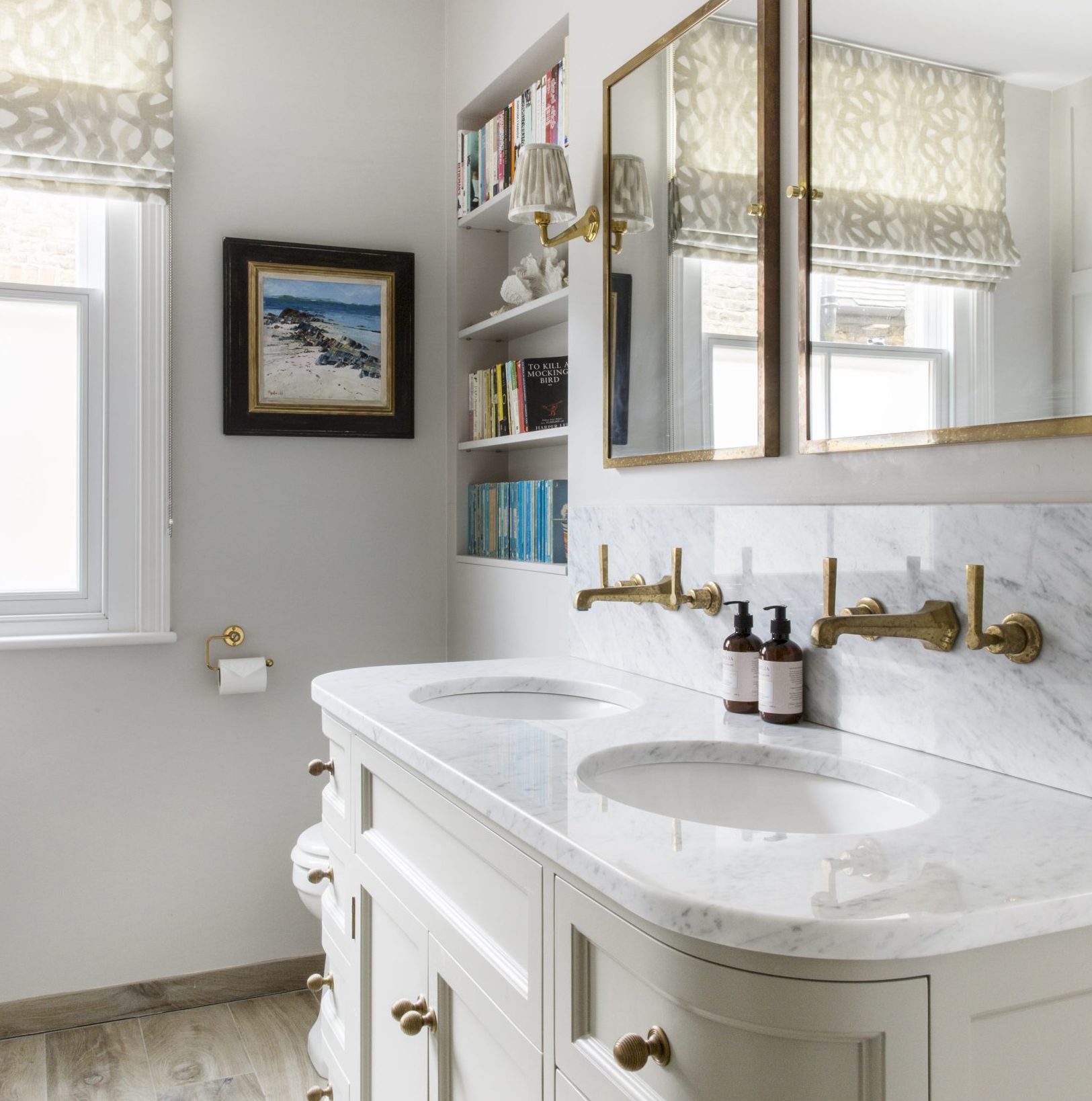
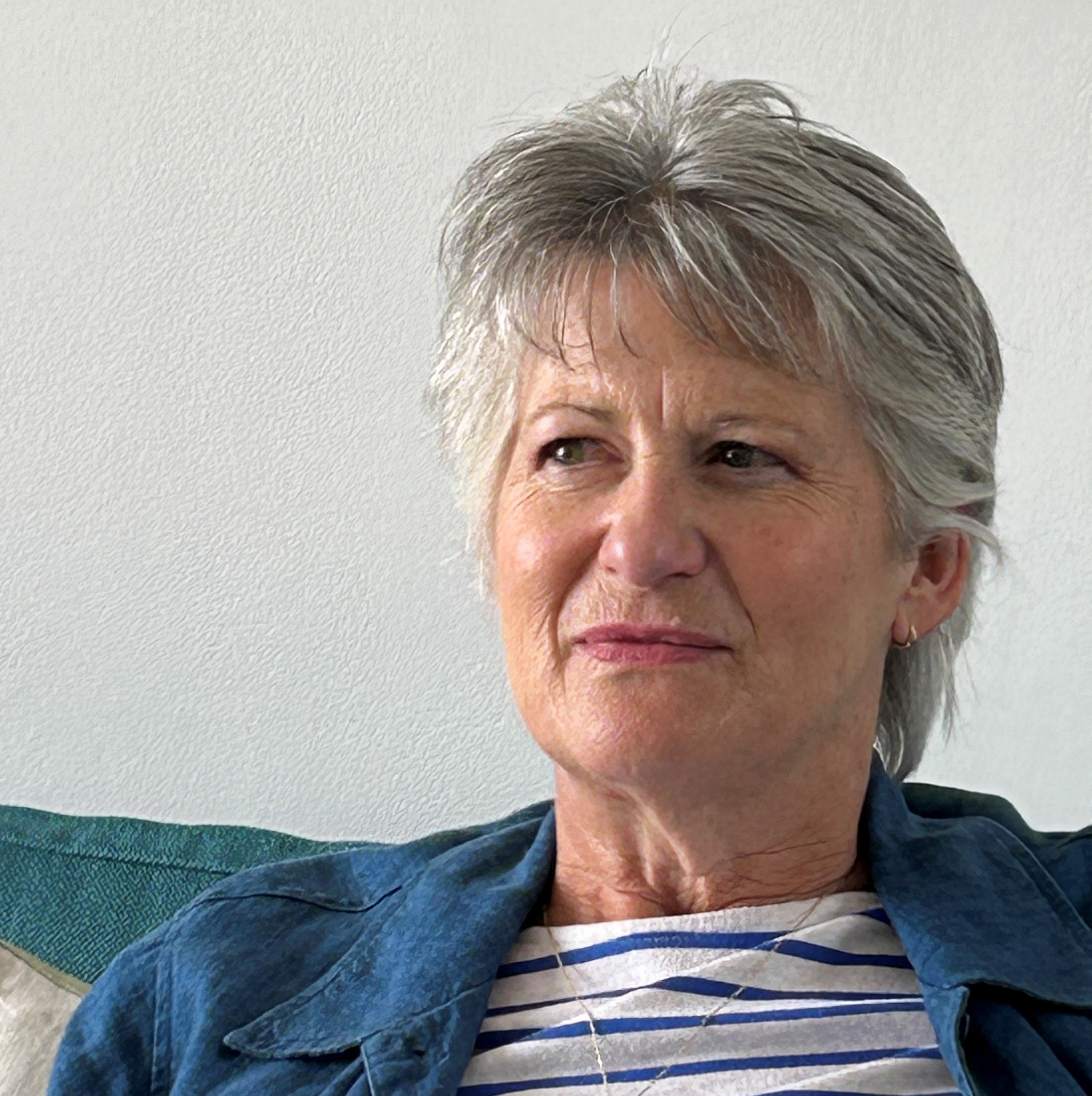
What is your approach to bathroom design?
We like to treat a bathroom as if it were any other room in the house, somewhere you can spend time and relax, rather than thinking of it as a purely utilitarian space. We don’t shy away from adding fabrics and texture to a bathroom and will often include a pretty armchair or stool, covered in a soft towelling fabric, and wall lights with fabric shades to match the window blinds.
Won’t steam damage fabrics?
Not if you get the bones right first!
It is important to make sure the room is adequately ventilated. The same applies to heating. We often use rugs and carpets made from re-purposed plastic bottles that are water resistant and, if laid on top of underfloor heating, will stay dry.
Several manufacturers are now creating interesting designs using these materials, including Weaver Green (www.weavergreen.com) and Jennifer Manners.
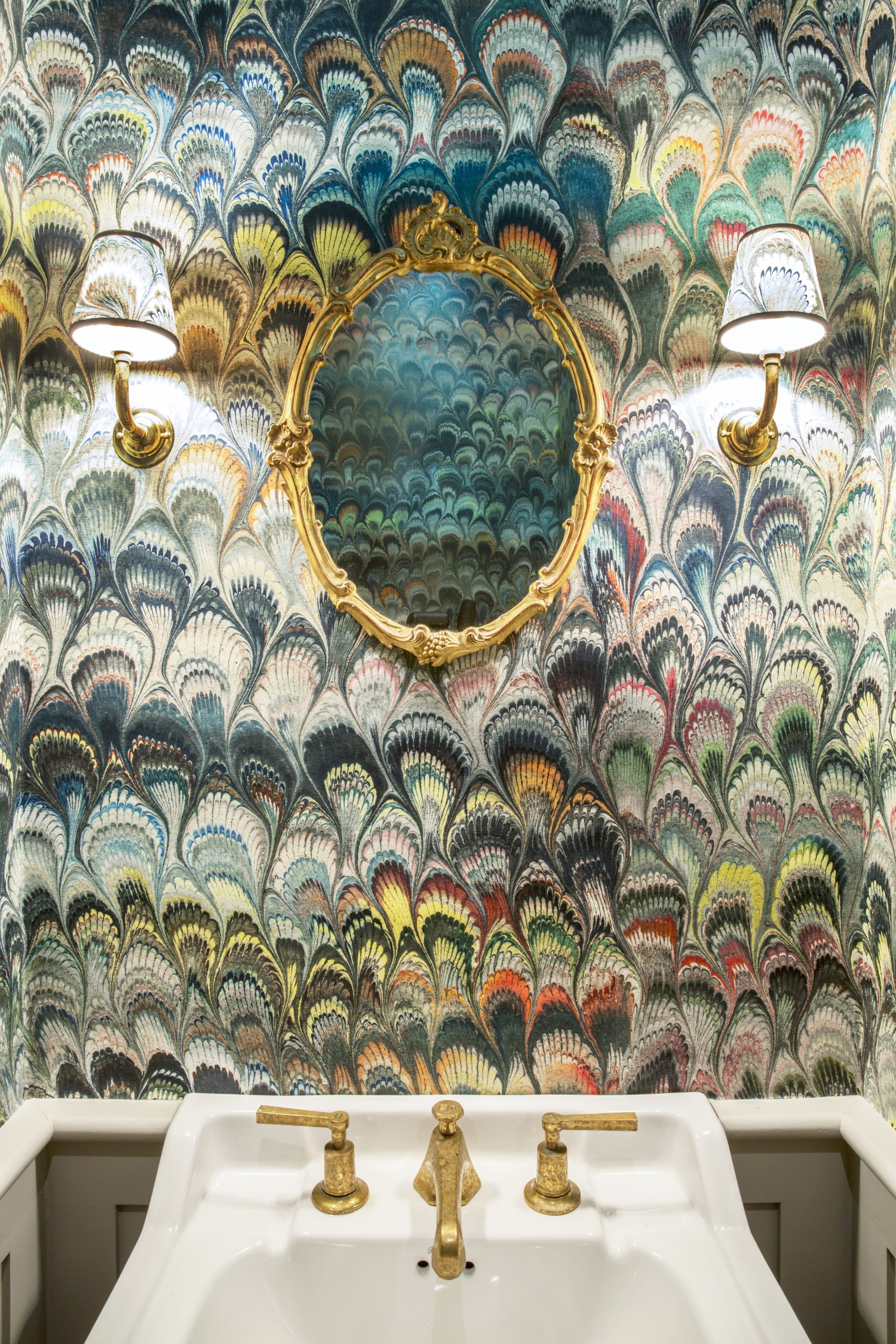
What other flooring materials do you like to use?
We rarely use plain tiles, which can be cold, hard and slippery. However, we do use encaustic tiles with a matt, patterned finish to introduce a decorative feel. Wood floors, topped with a rug, can add texture, or we might choose a painted wood floor for a children’s bathroom.
How do you choose baths and fittings?
It is important to think about shape. If we are using marble – on a vanity top, for example – we might finish it with a rounded edge. Similarly, we will choose a gently rounded shape for a free-standing bath. We also like coloured baths, such as the Rockwell by The Water Monopoly, or a traditional clawfoot bath with a painted exterior. Our bathrooms tend not to feel ‘fitted’. Free-standing pieces will help to create a less utilitarian feel. We might bring in a brass drinks trolley or a wooden étagère to sit by a bath, as somewhere for a glass of wine or to rest an iPad. We think about how someone will relax in the space.
'Is there room for a little antique chair or a pretty cup to hold your toothbrush?'
What about storage?
A good variety of storage, according to requirements, is very useful, so we always try to include mirror cabinets, as well as vanity units with drawers. Make sure the towel rail has sufficient width to warm enough towels: The Sterlingham Company (www.sterlingham.co.uk) makes towel warmers in bespoke sizes.
Sign up for the Country Life Newsletter
Exquisite houses, the beauty of Nature, and how to get the most from your life, straight to your inbox.
How do you approach shower design?
We try to make showering spaces as big as possible and will often use decorative tiles on the walls, with a marble or manufacturer’s shower tray on the floor.
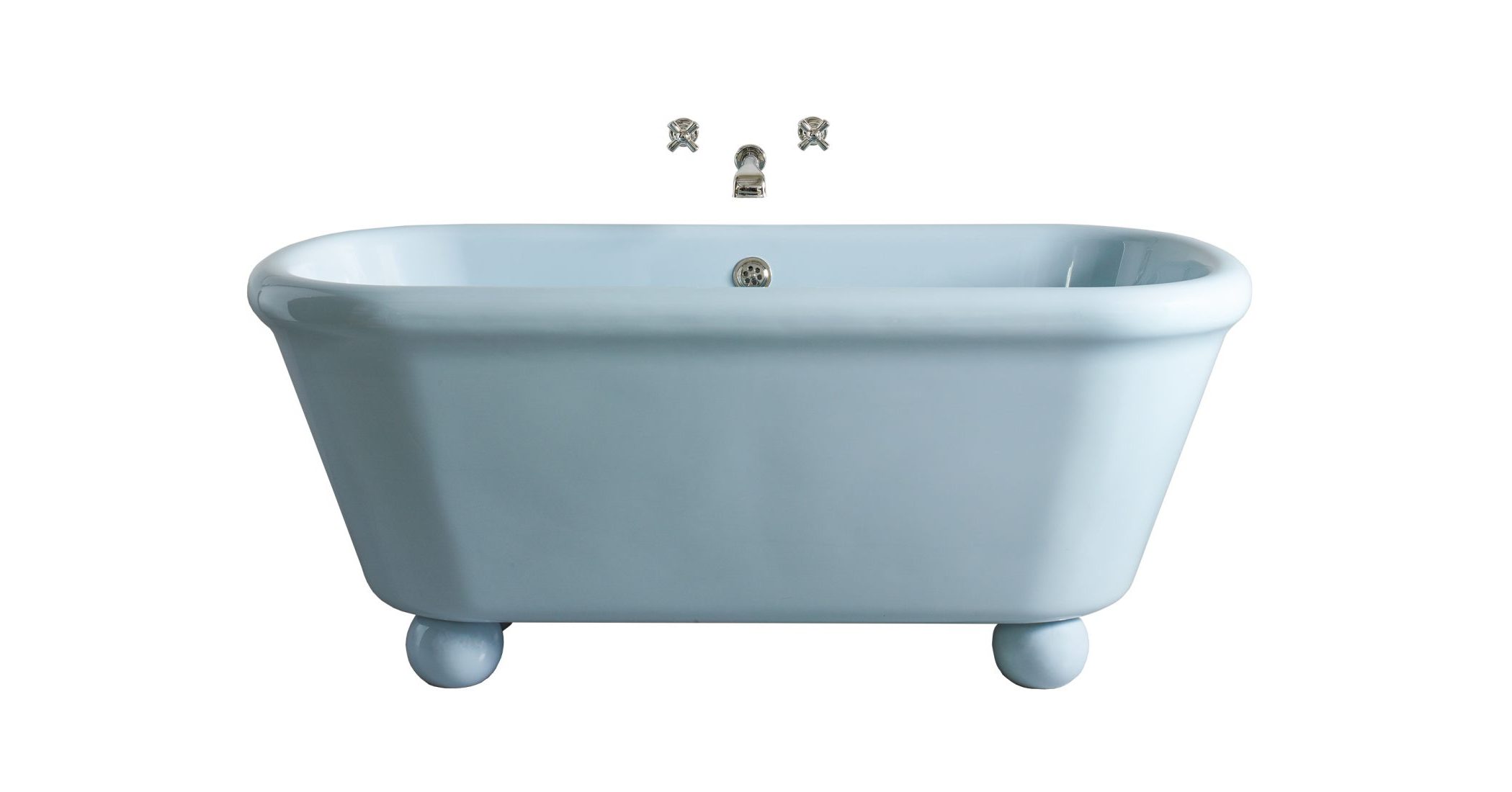
What other decorative elements do you consider?
Unlacquered brass and nickel finishes tend to create a softer feeling than polished chrome. If the space is large enough, a generous, beautiful curtain can make a bathroom feel opulent and special.
What about the walls?
We also love using wallpaper, as a way of making the bathroom seem akin to other rooms in the house. Use common sense as to where you use it or choose a vinyl or special bathroom waterproof wallpaper if you are worried about splashes. Sometimes, we’ll use wallpaper throughout and cover it with glass in the shower area.
Suggestions for small bathrooms?
Use patterned encaustic tiles. If there’s not enough room for fabric. Is there room for a little antique chair or a pretty cup to hold your toothbrush?
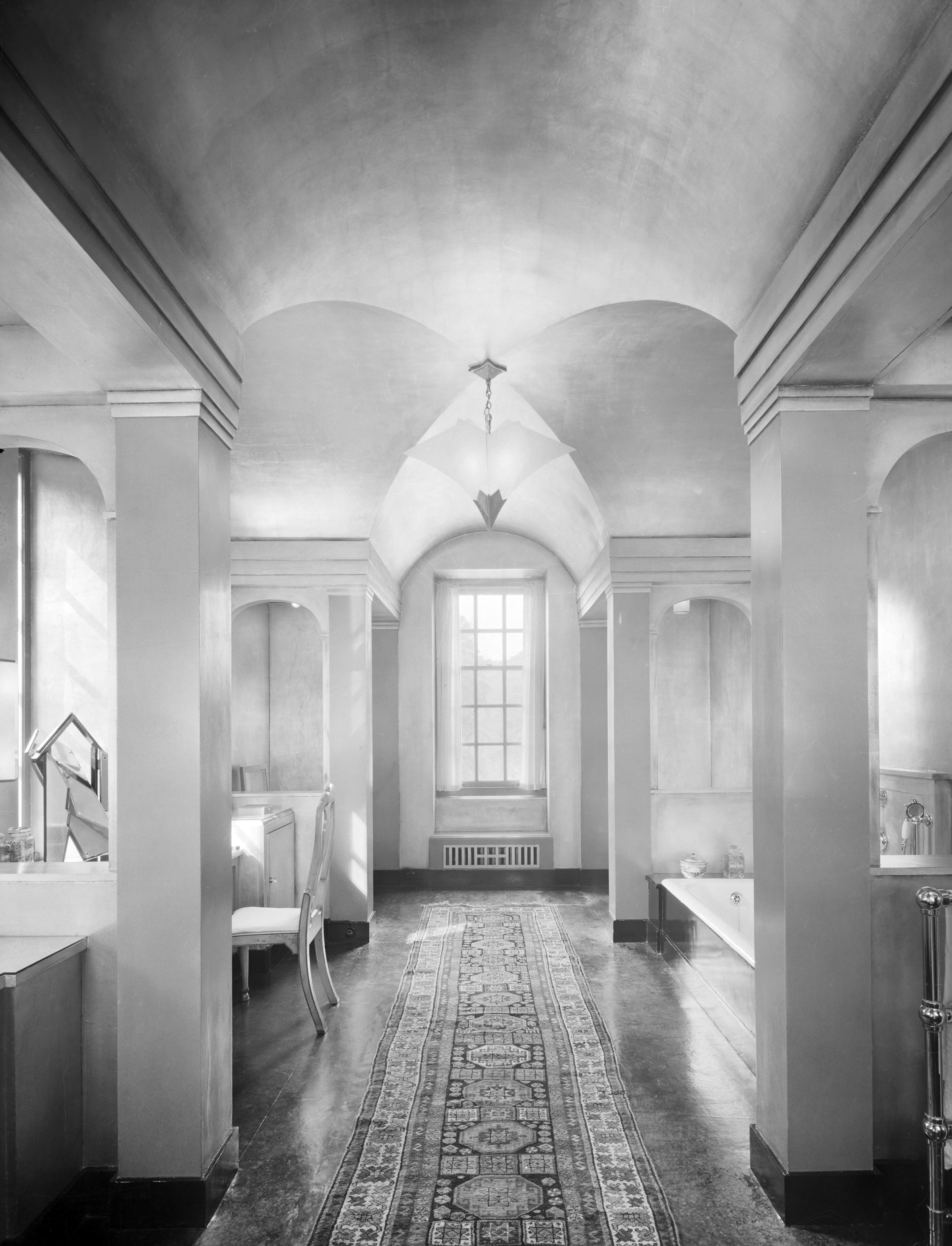
A classic 1930s bathroom with exotic charm and an unexpected touch of bling
The bathroom at Upton House in Warwickshire was featured in Country Life back in 1936.
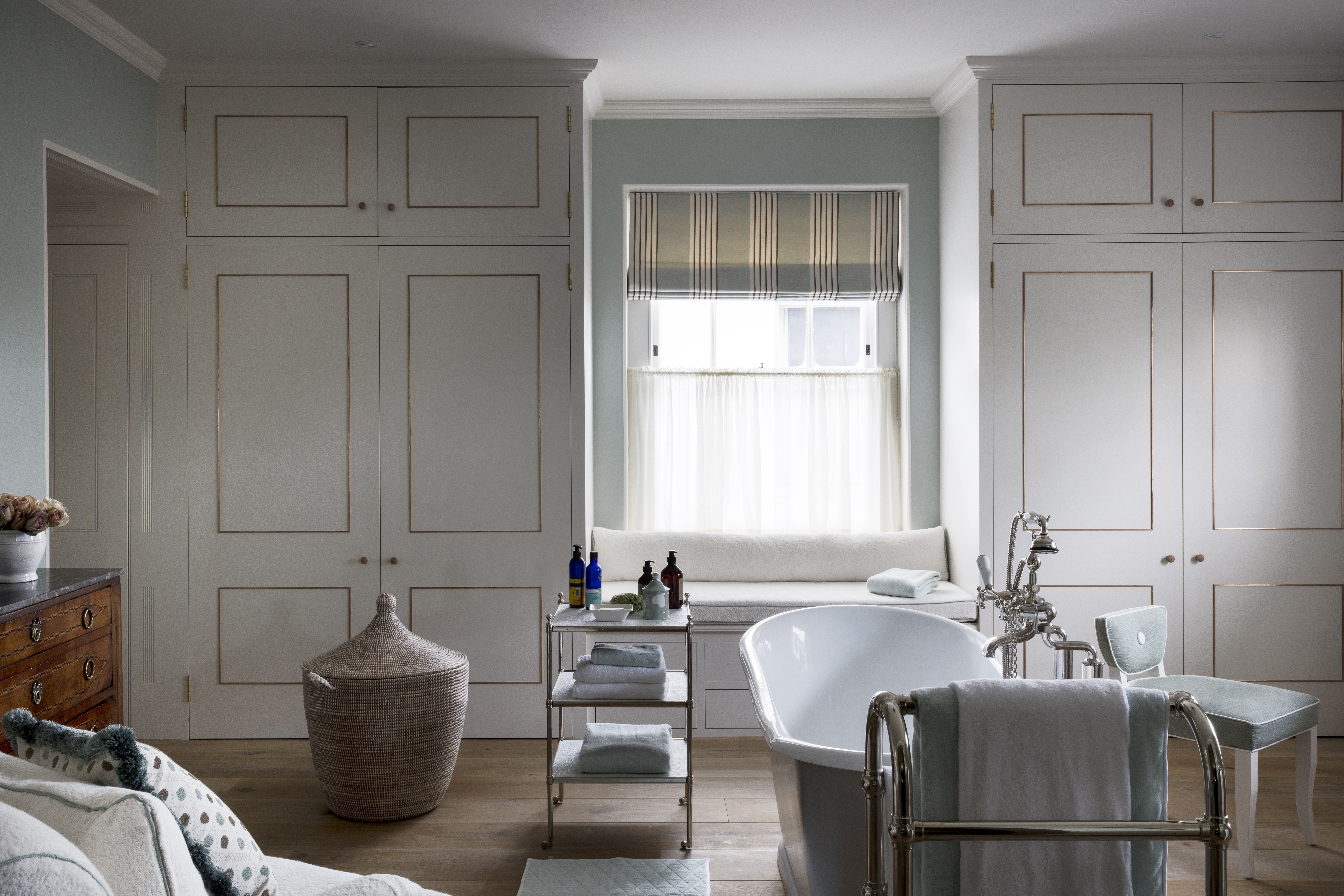
Credit: Paul Raeside
A bathroom in an 18th-century farmhouse where practicality meets elegance
Nina Campbell combines comfort, practicality and elegance in this serene bathroom scheme.
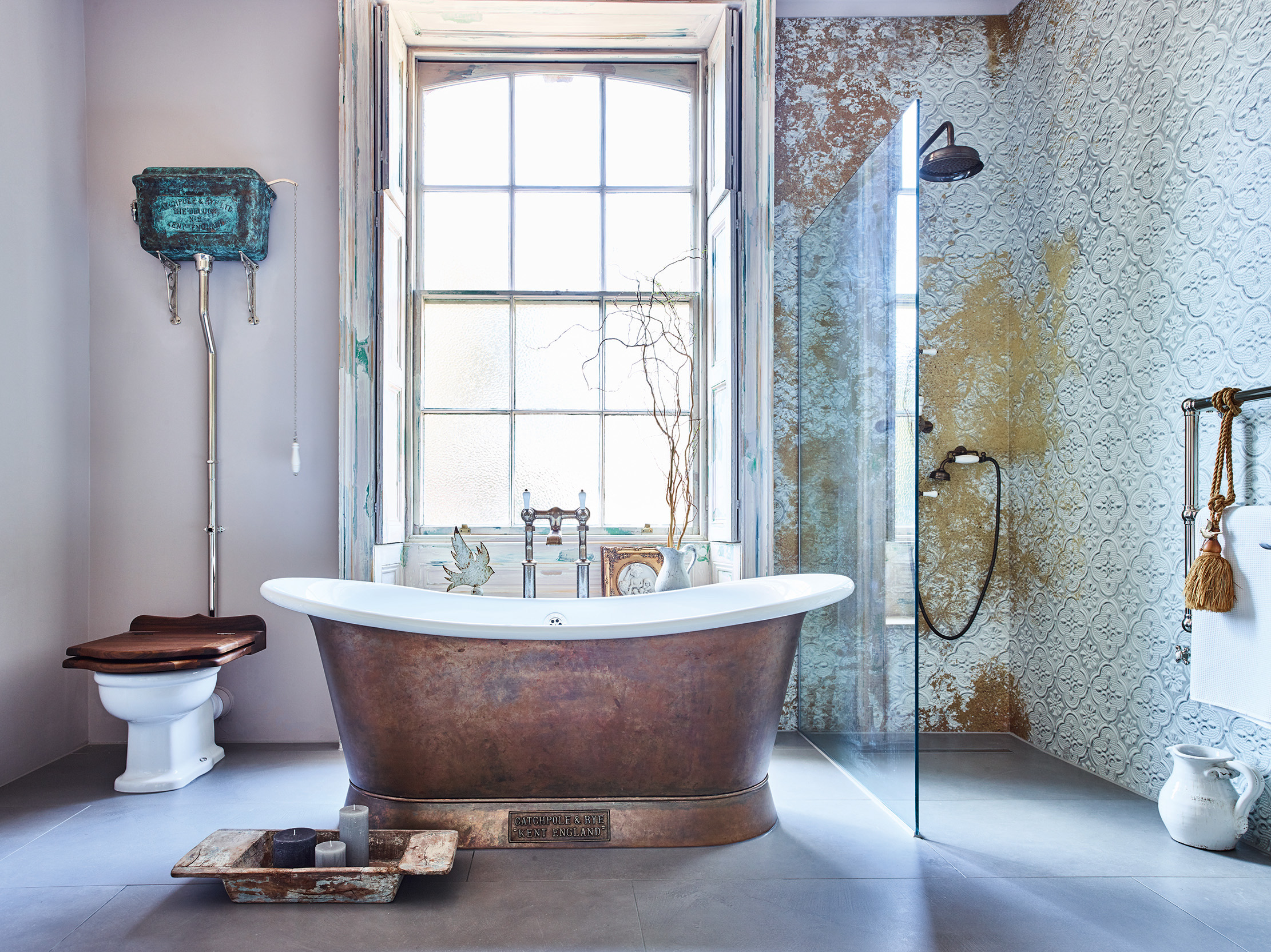
Credit: Cathpole & Rye
How Catchpole & Rye take bathroom inspiration from classic Victorian plumbing
To create strikingly beautiful designs, Tony O’Donnell, founder of Catchpole & Rye, seeks inspiration in the past.
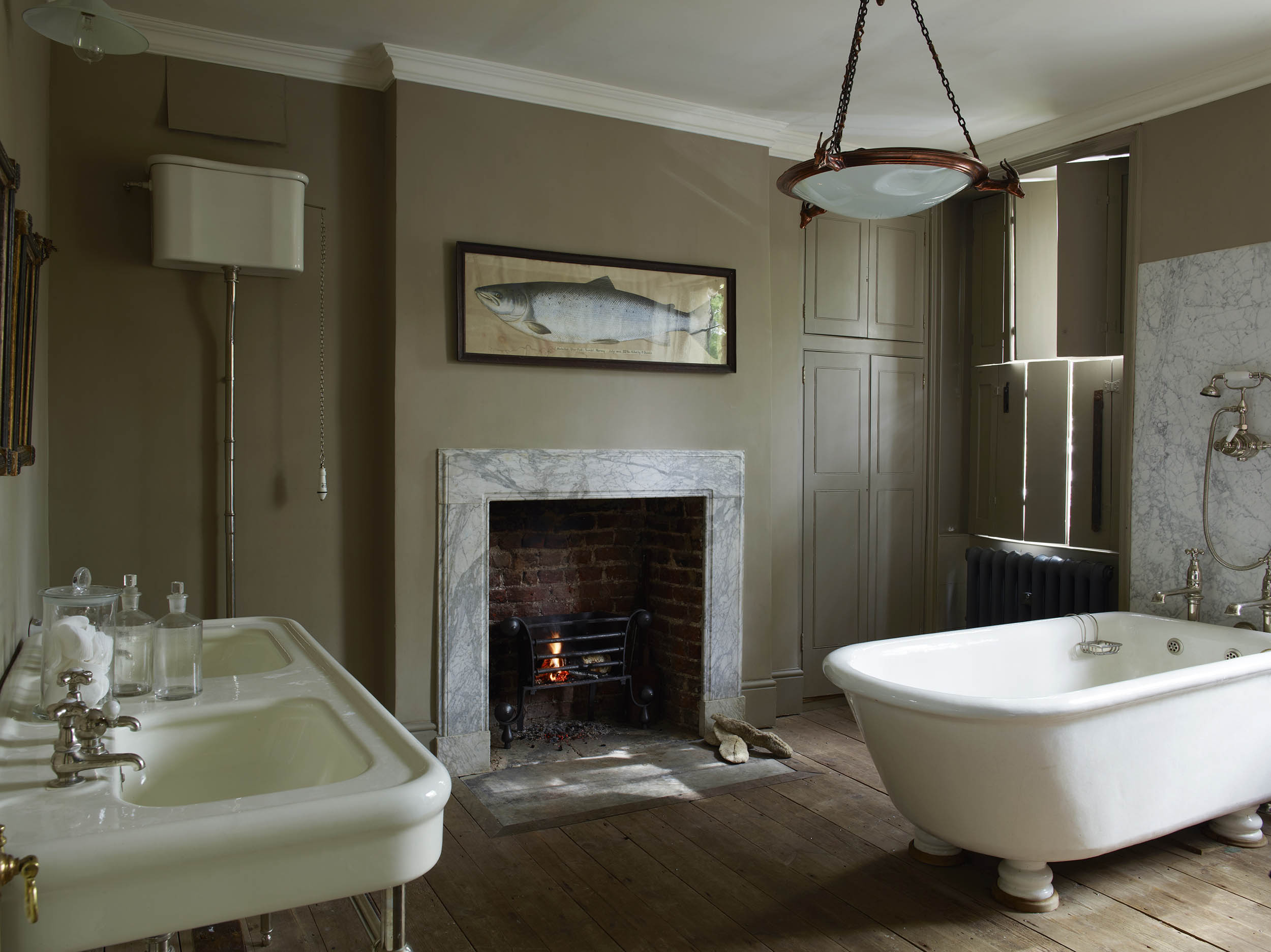
A 19th-century bathroom in an 18th century home that works perfectly for a 21st century family
Jamb’s co-founders have created a timeless bathroom in their 18th-century London home. They showed it to Amelia Thorpe.
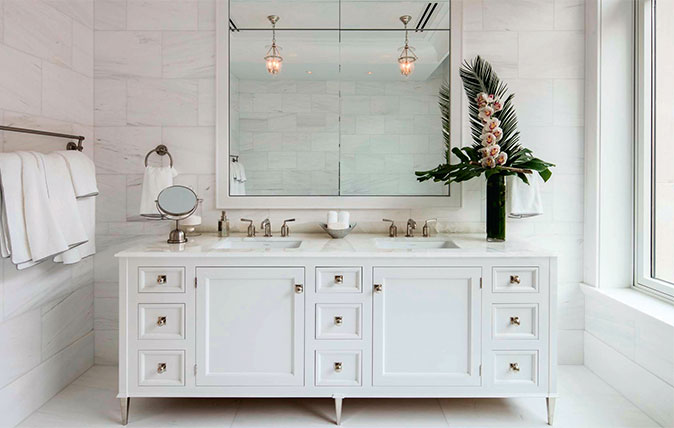
The surprising secret of marital harmony: not two bathrooms, but two basins
Michael Caine swears by separate bathrooms. You don't need to go quite so far, says Giles Kime.
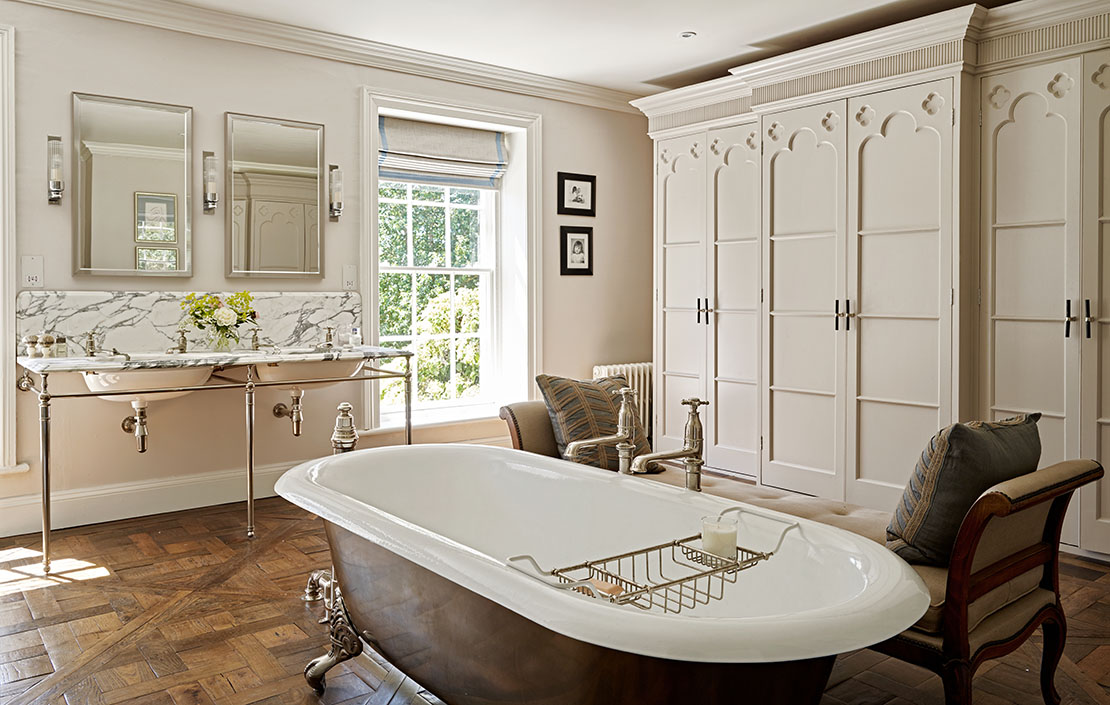
Credit: nicholas yarsley/www.nicholasyar
Traditionally trendy: The stunning bathroom of a completely refurbished Grade II-listed Georgian rectory
The bathroom in a Georgian rectory owes its handsome good looks to traditional joinery, parquet floor and fittings. Rachel Leedham
Amelia Thorpe is a design and interiors journalist and regular contributor to Country Life. She spent the first half of her career book publishing, before jumping the fence to become a writer — a role that she adores. Amelia lives in London with her husband and two roguish dogs.
-
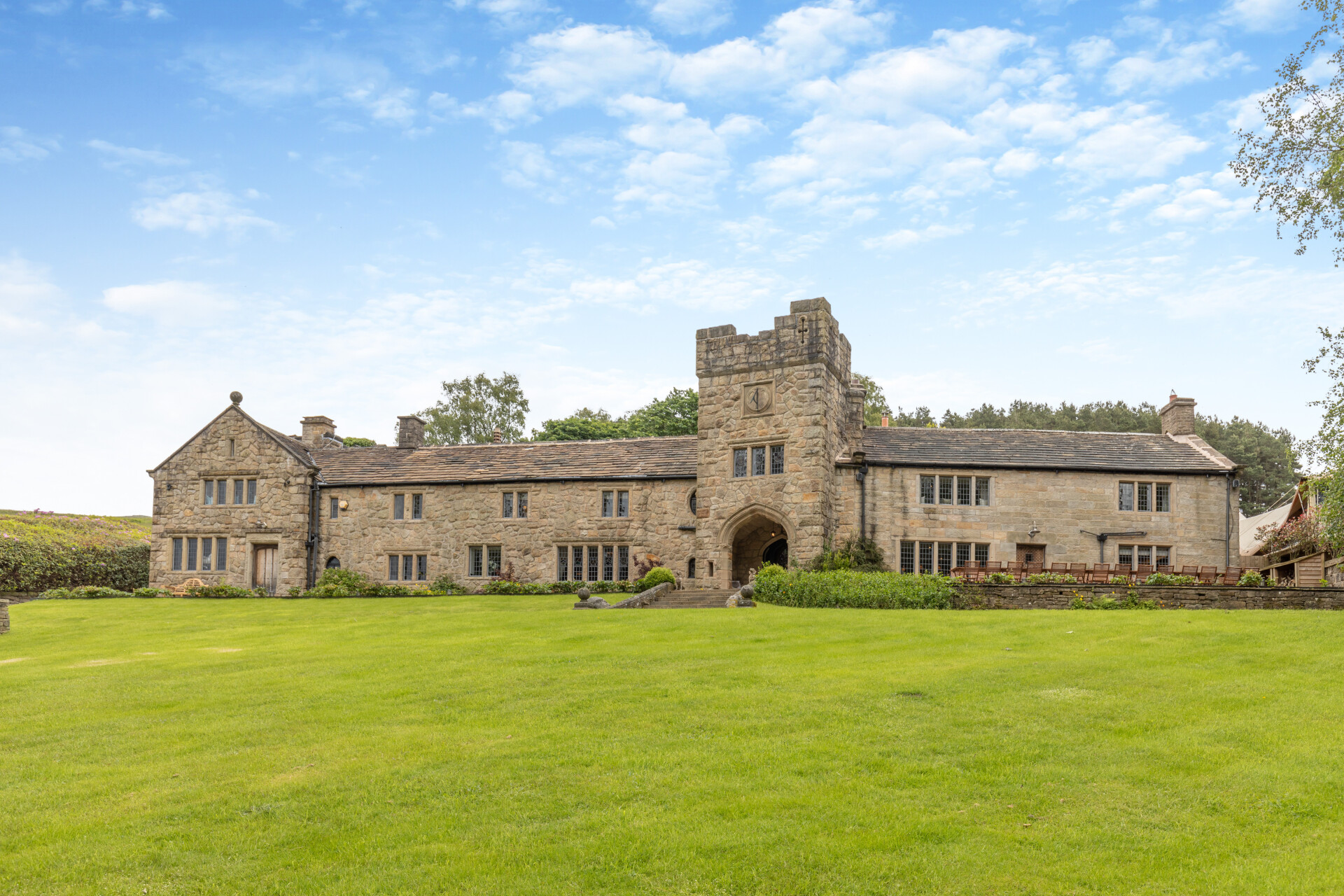 Some of the finest landscapes in the North of England with a 12-bedroom home attached
Some of the finest landscapes in the North of England with a 12-bedroom home attachedUpper House in Derbyshire shows why the Kinder landscape was worth fighting for.
By James Fisher
-
 The Great Gatsby, pugs and the Mitford sisters: Country Life Quiz of the Day, April 16, 2025
The Great Gatsby, pugs and the Mitford sisters: Country Life Quiz of the Day, April 16, 2025Wednesday's quiz tests your knowledge on literature, National Parks and weird body parts.
By Rosie Paterson
-
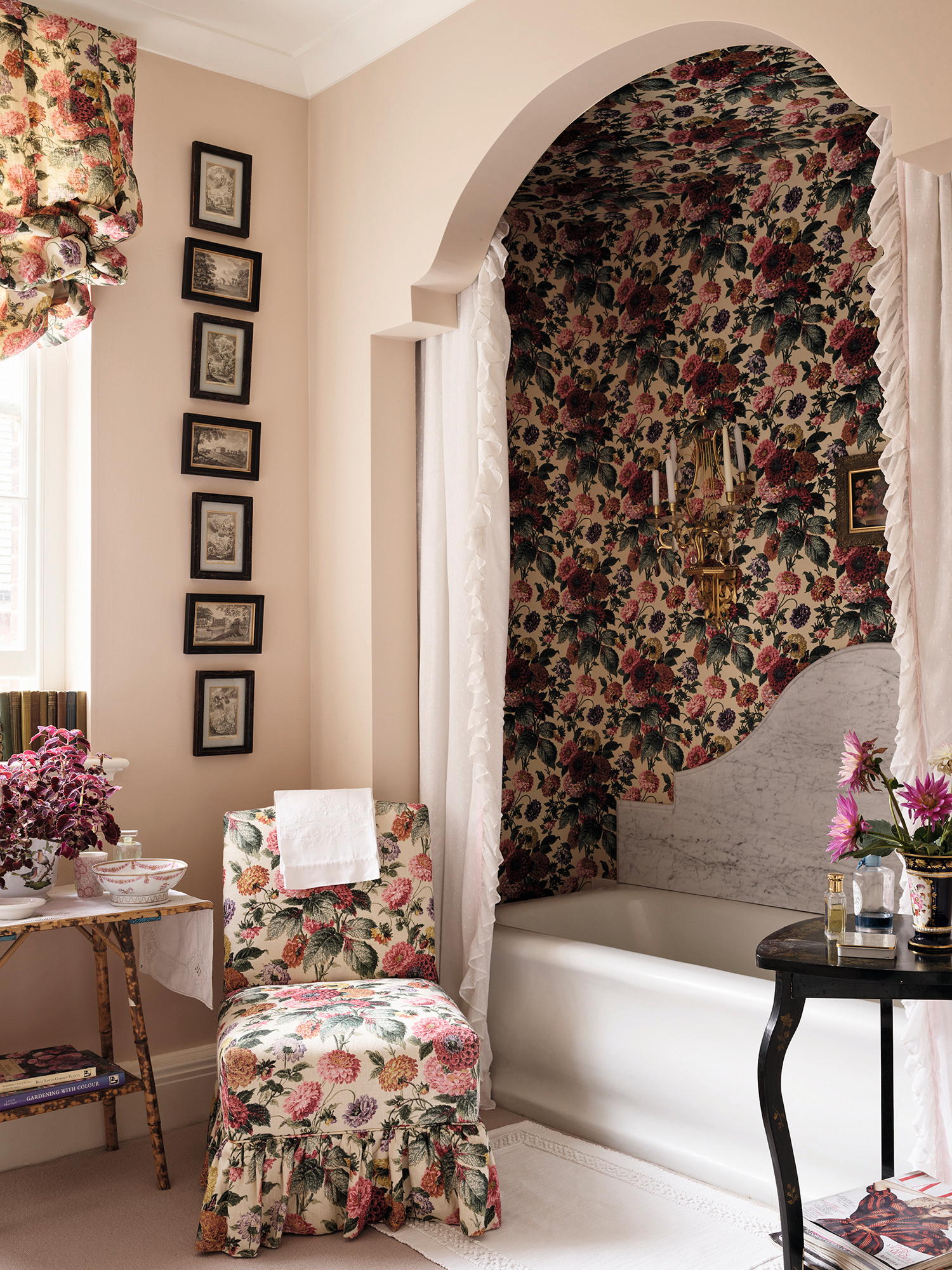 The key to a great bathroom? Make it feel more like your sitting room — even to the point of having an armchair next to the bath
The key to a great bathroom? Make it feel more like your sitting room — even to the point of having an armchair next to the bathFlora Soames is on a mission to encourage more and more of us to embrace the concept of the decorated bathroom.
By Country Life
-
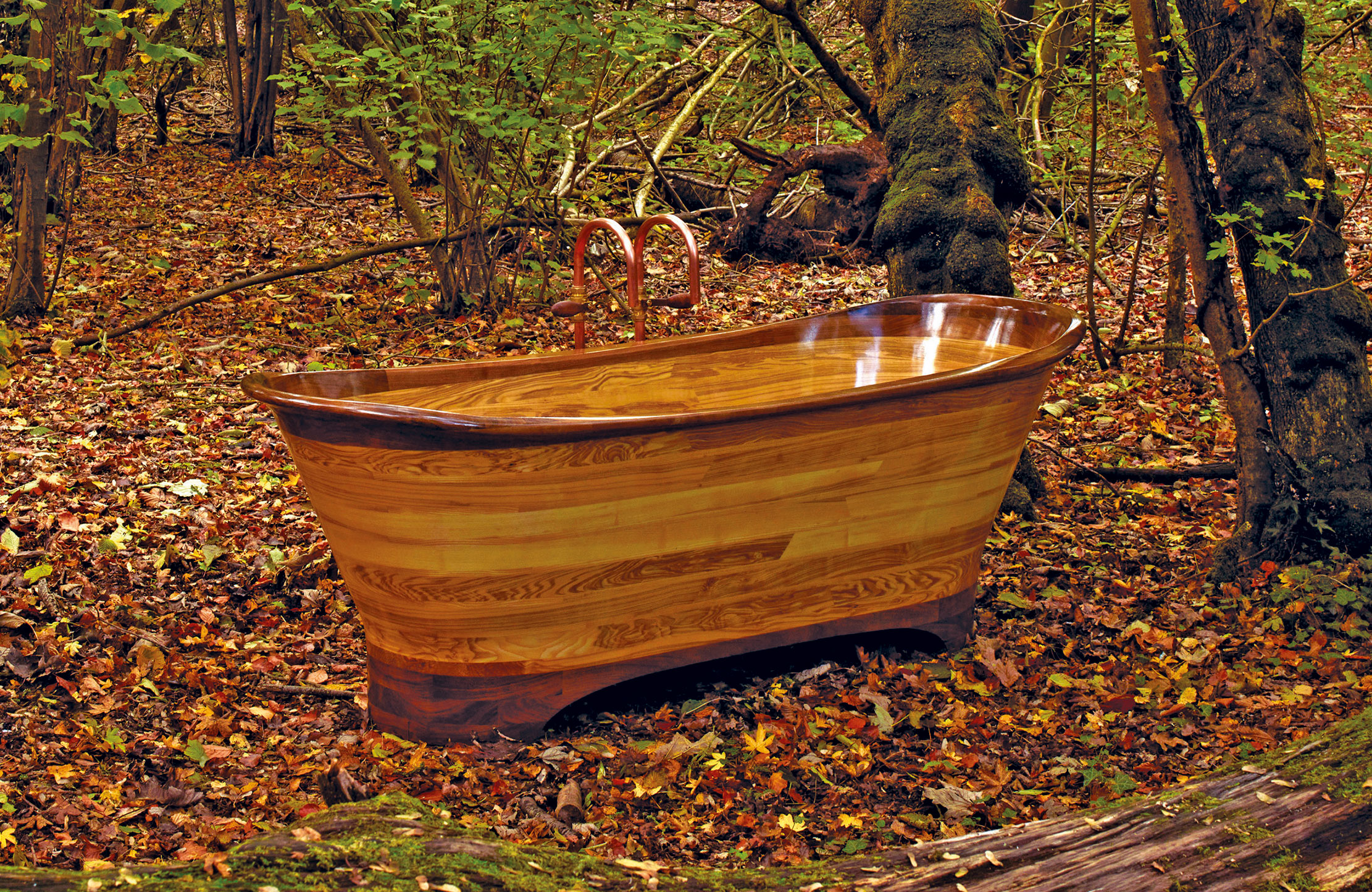 The £27,600 wooden bathtub and other modern day marvels to create an unforgettable bathroom
The £27,600 wooden bathtub and other modern day marvels to create an unforgettable bathroomWhen is a bath not a bath? When it's a work of art.
By Toby Keel
-
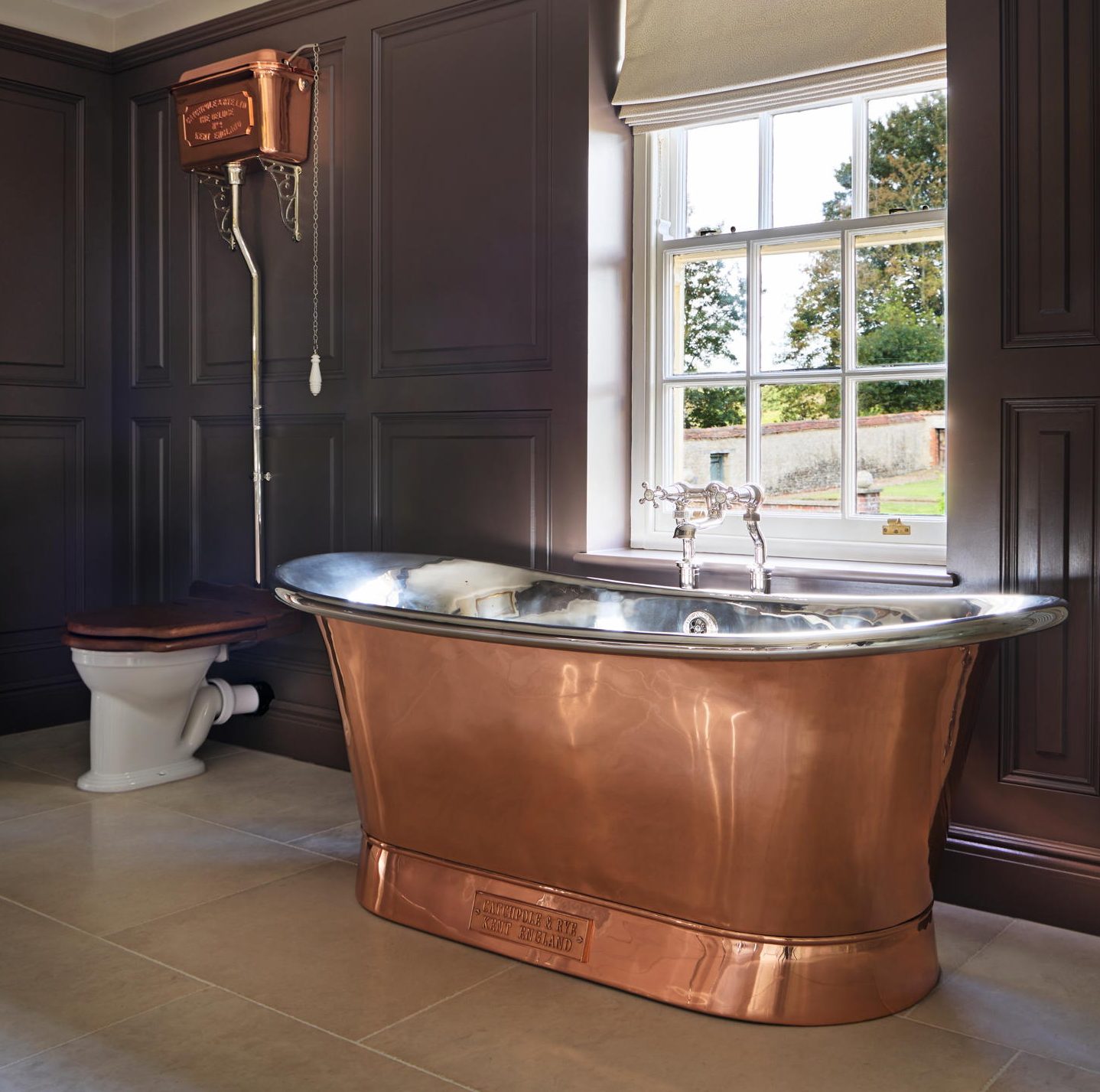 Soaking it up: Five brilliant bathubs
Soaking it up: Five brilliant bathubsMake a bath an event, with these extraordinary bathrooms and bathtubs selected by Amelia Thorpe.
By Amelia Thorpe
-
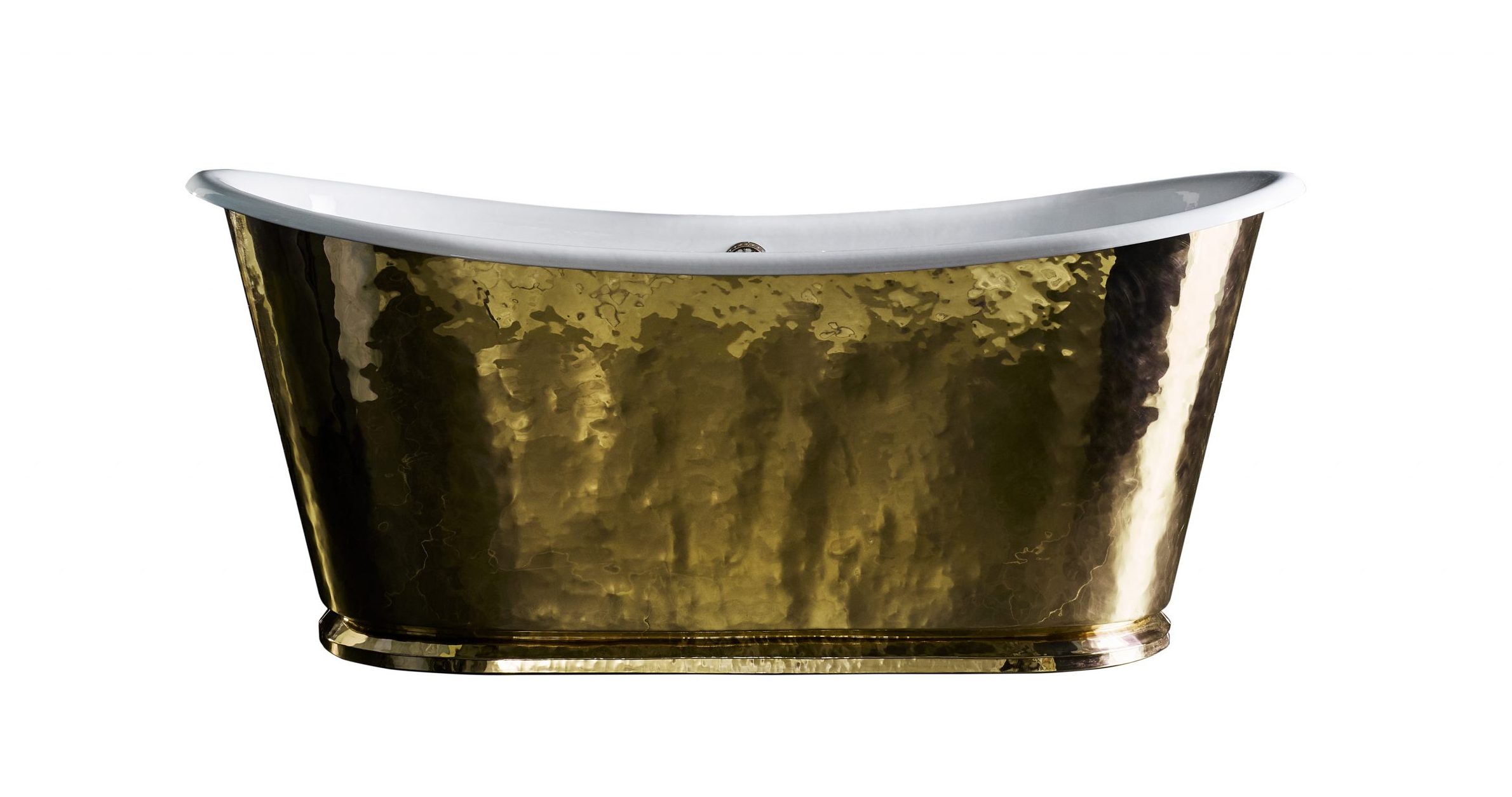 Best free-standing baths from £4,000 to £14,000 — for people who really want to splash out
Best free-standing baths from £4,000 to £14,000 — for people who really want to splash outFree-standing baths for making a statement — not to mention causing havoc with your bank statement.
By Amelia Thorpe
-
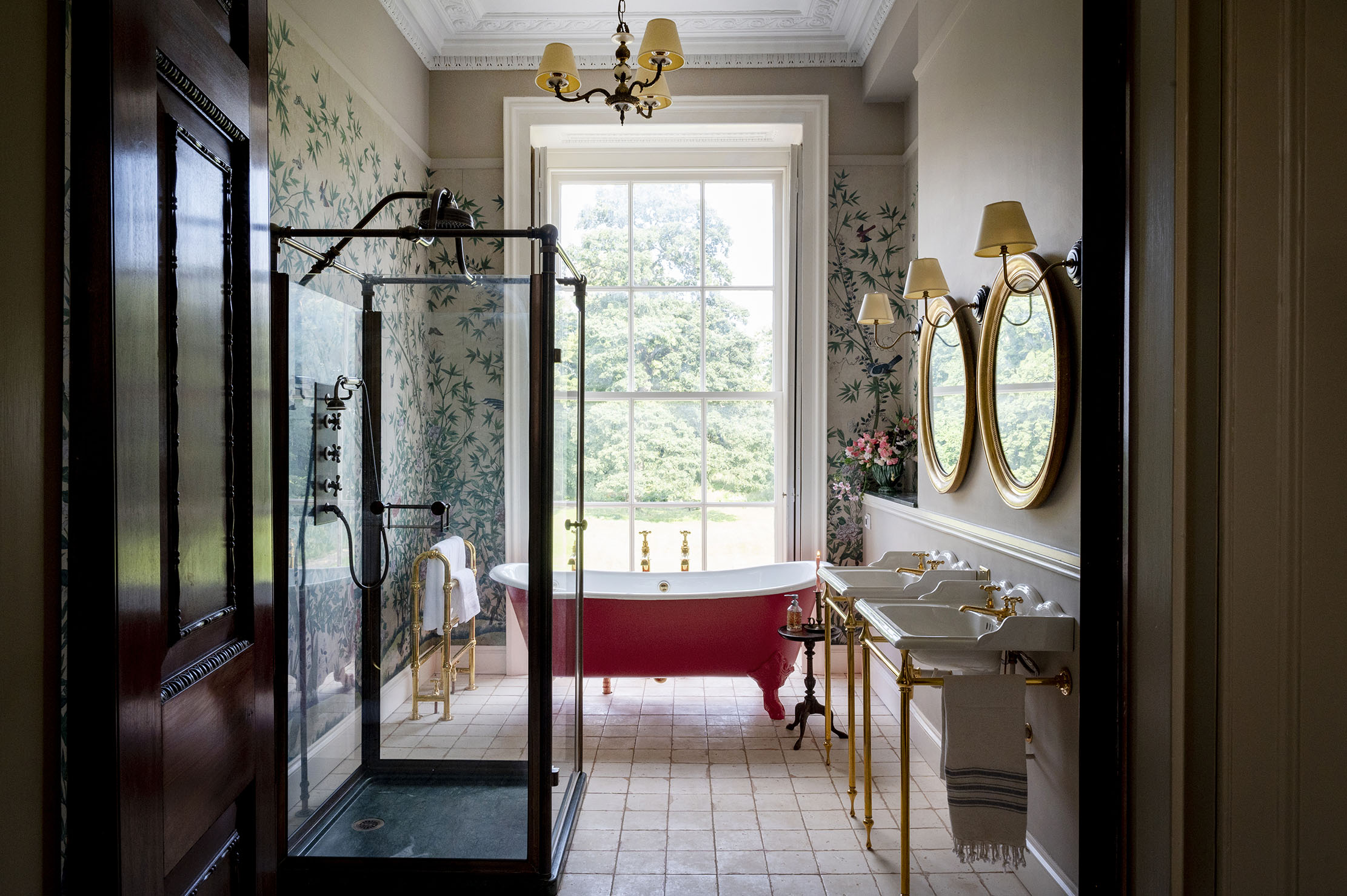 How a chance discovery of a wallpaper fragment inspired the look of this country house bathroom
How a chance discovery of a wallpaper fragment inspired the look of this country house bathroomA fragment of hand-painted chinoiserie set the scene for the decoration of this bathroom at Keythorpe Hall, Leicestershire.
By Arabella Youens
-
 10 things I wish I'd known about doing up old houses before I started, by Country Life's interiors guru Giles Kime
10 things I wish I'd known about doing up old houses before I started, by Country Life's interiors guru Giles KimeCountry Life’s executive editor and resident interiors expert Giles Kime shares the lessons he’s learnt from the experience of dragging a succession of houses into the 21st-century.
By Giles Kime
-
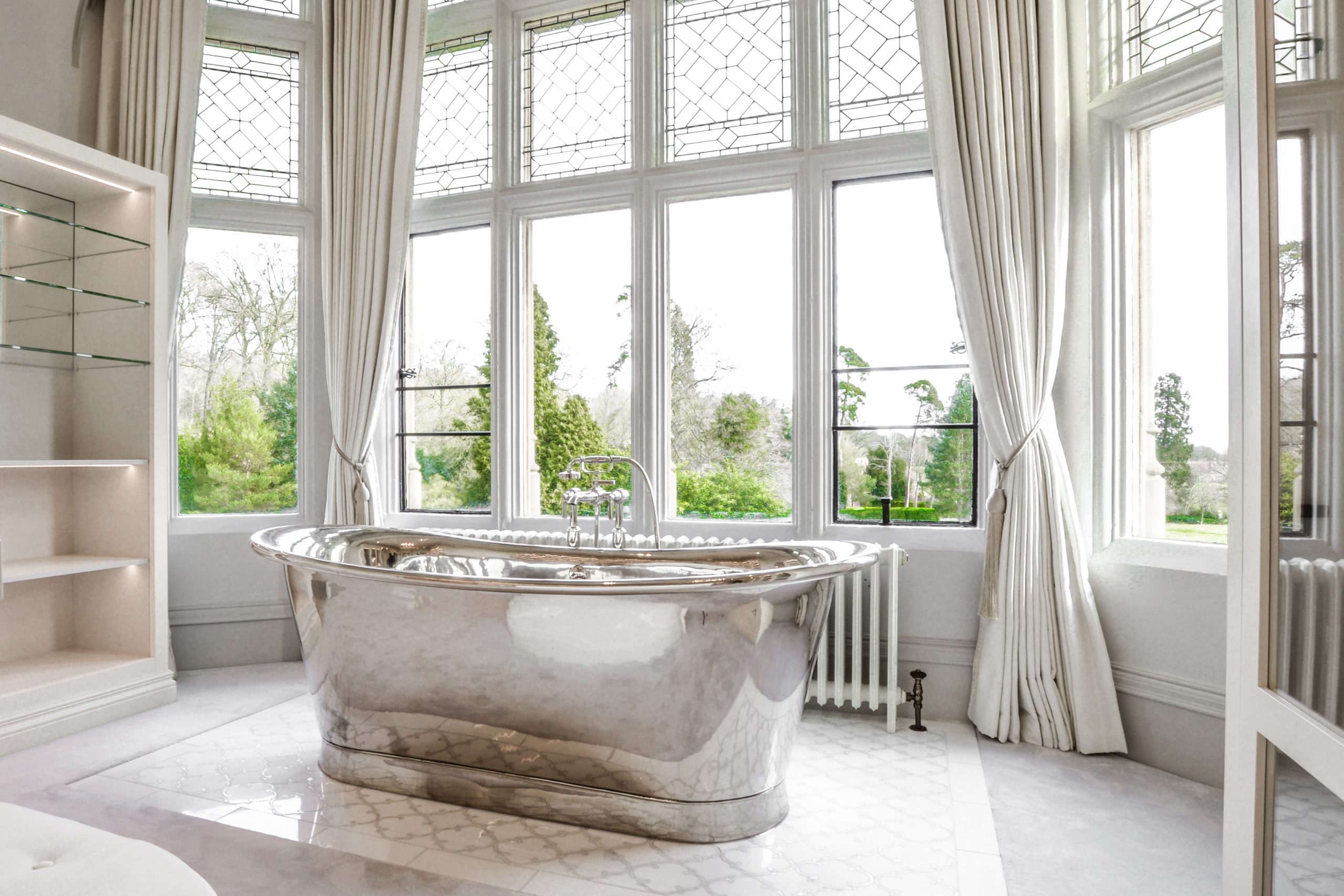 Breathtaking new looks for bathrooms, from linen and lights to a truly spectacular nickel bathtub
Breathtaking new looks for bathrooms, from linen and lights to a truly spectacular nickel bathtubElegant baths, vanities and accessories to add a touch of luxury to your bathroom, selected by Amelia Thorpe.
By Amelia Thorpe
-
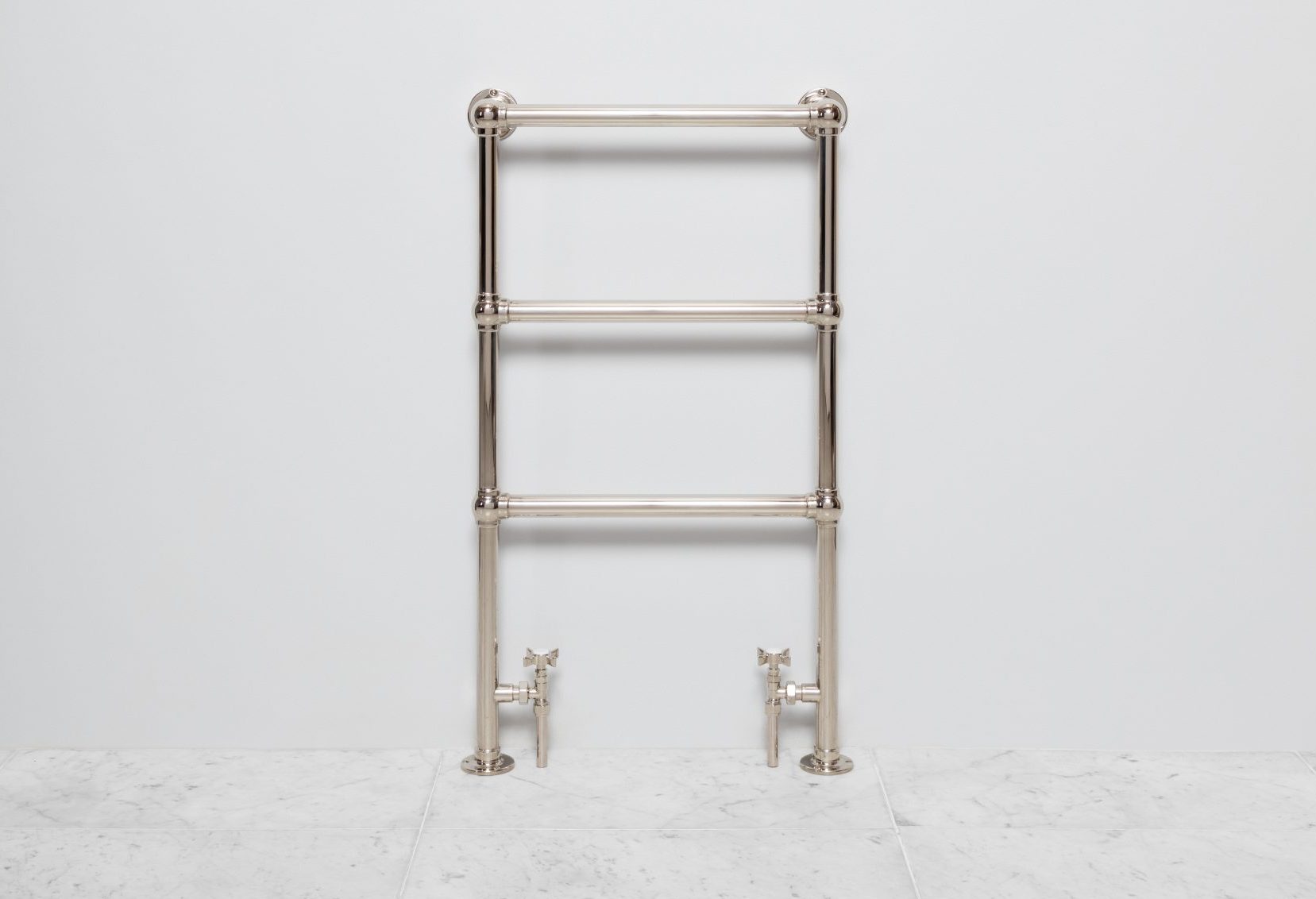 Everything you need to transform your bathroom into a stylish oasis, from patterned walls to elegant marble washstands
Everything you need to transform your bathroom into a stylish oasis, from patterned walls to elegant marble washstandsIdeas and inspiration as selected by Amelia Thorpe.
By Amelia Thorpe